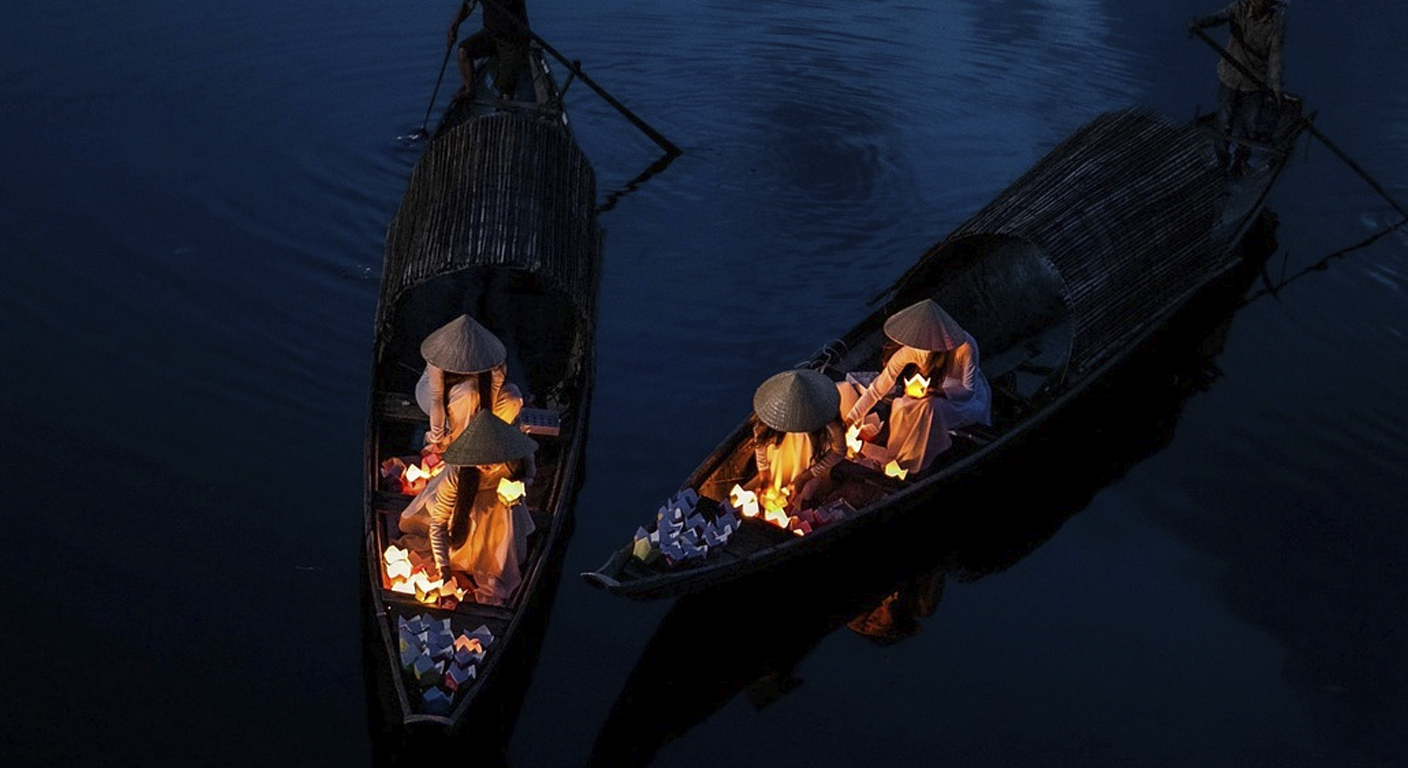
Have you ever paused to consider how the enduring customs that shape our lives—from national holidays to personal rituals—came into being? Many traditions carry the weight of centuries, seeming to emerge from an ancient, unknowable past. Yet, a closer look at human society reveals that a surprising number of these cherished practices are not ancient at all. They were, in fact, quite deliberately created, sometimes within living memory, to serve specific purposes for culture and community.
This concept, often explored by historians and anthropologists, challenges our intuitive sense of tradition as something static and timeless. Instead, it posits that tradition is a dynamic, evolving construct, frequently engineered to forge identity, cement power structures, or respond to changing social needs. These “invented traditions” can quickly gain an air of authenticity, becoming deeply embedded in the human experience, sometimes within a single generation.
Take, for instance, the iconic Scottish kilt. Many believe it to be an ancient garment, a symbol of Highland ancestry stretching back into the mists of time. The reality, however, is a little less poetic. The “modern” kilt, with its pleats and tailored form, was largely developed in the 18th century. An English Quaker ironmaster named Thomas Rawlinson is often credited with adapting the large, unwieldy “belted plaid” into the more practical, separate kilt for his Highland workers. Later, in the wake of the Jacobite rebellions and subsequent bans on Highland dress, romantic literature and nationalist movements of the 19th century championed the kilt as a symbol of Scottish identity, codifying clan tartans and popularizing a garment that, in its current form, was relatively new. This illustrates how an item of utility can be transformed into a powerful emblem of national culture.
Similarly, the white wedding dress, now a global symbol of purity and matrimonial joy, has a surprisingly recent origin as a widespread custom. For centuries, brides simply wore their best dress, often in rich colors like blue or red, to signify prosperity or happiness. The dramatic shift occurred in 1840 when Queen Victoria married Prince Albert, choosing an elaborate white satin gown. Her choice, widely publicized and admired, set a trend that quickly cascaded through fashionable society and eventually became the prevailing ideal for brides across Western societies. This wasn’t an ancient rite but a powerful social imitation, propagated by royal influence and the burgeoning media of the era, profoundly shaping our modern understanding of wedding tradition.
Even familiar holiday customs often have surprisingly recent or composite origins. The Christmas tree, for example, gained widespread popularity in Britain and America after Queen Victoria and Prince Albert were depicted in the Illustrated London News in 1848 gathered around a decorated fir tree. This German tradition, brought to England by the German-born Prince Albert, rapidly became an essential part of the Christmas celebration. Likewise, the image of Santa Claus, while drawing from various historical figures like Saint Nicholas, was significantly standardized and popularized in the 19th and early 20th centuries, partly through literature and commercial advertising. These examples demonstrate how disparate elements can be synthesized and then amplified to form new, seemingly immutable social rituals.
The reasons behind the invention of traditions are diverse. They can emerge from political motives, such as forging national unity in newly formed states, or from commercial interests, like creating new markets for goods and services. Sometimes, they arise from social anxieties, seeking to re-establish order or meaning in times of rapid change. What these varied instances share is the human impulse to create shared narratives and practices that foster a sense of belonging and continuity. These practices become ingrained not because they are genuinely ancient, but because they are repeated, believed in, and given meaning by the collective human experience.
Understanding the deliberate construction of traditions doesn’t diminish their importance. Rather, it offers a window into the dynamic nature of society itself. It highlights our collective capacity to create meaning, build identity, and reinforce social cohesion through shared practices, even when those practices are freshly minted. These traditions, once established, can feel as solid and foundational as any ancient rite, demonstrating the profound power of collective belief and repeated action.
This perspective encourages us to view our own contemporary society with a fresh eye. What customs are we observing or establishing today that might, a century from now, be perceived as timeless traditions? The deliberate act of inventing tradition is not a relic of the past; it is an ongoing process, a continuous thread in the rich tapestry of human culture.